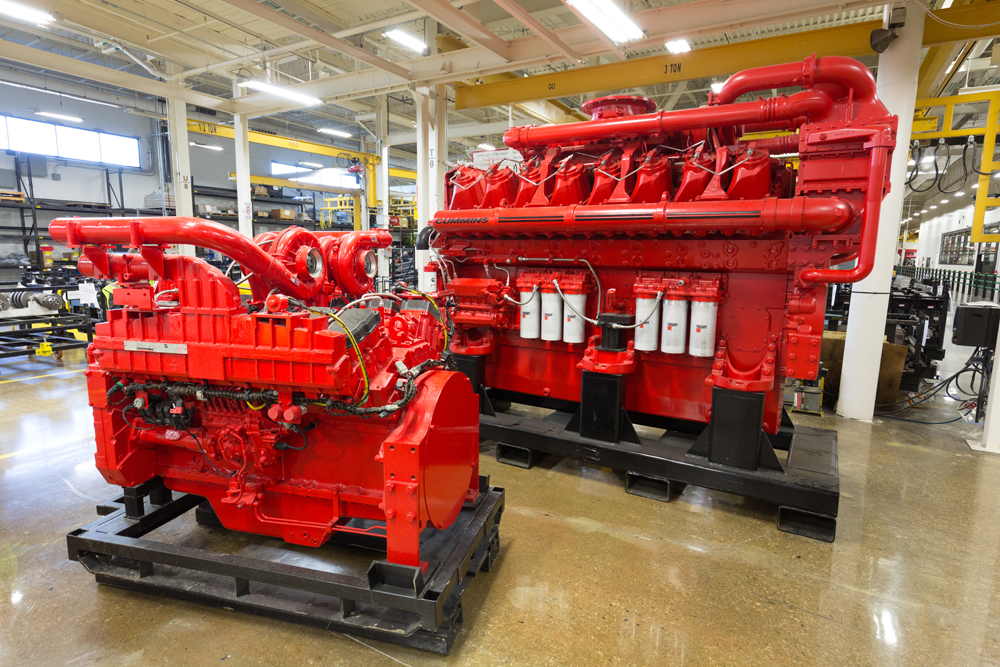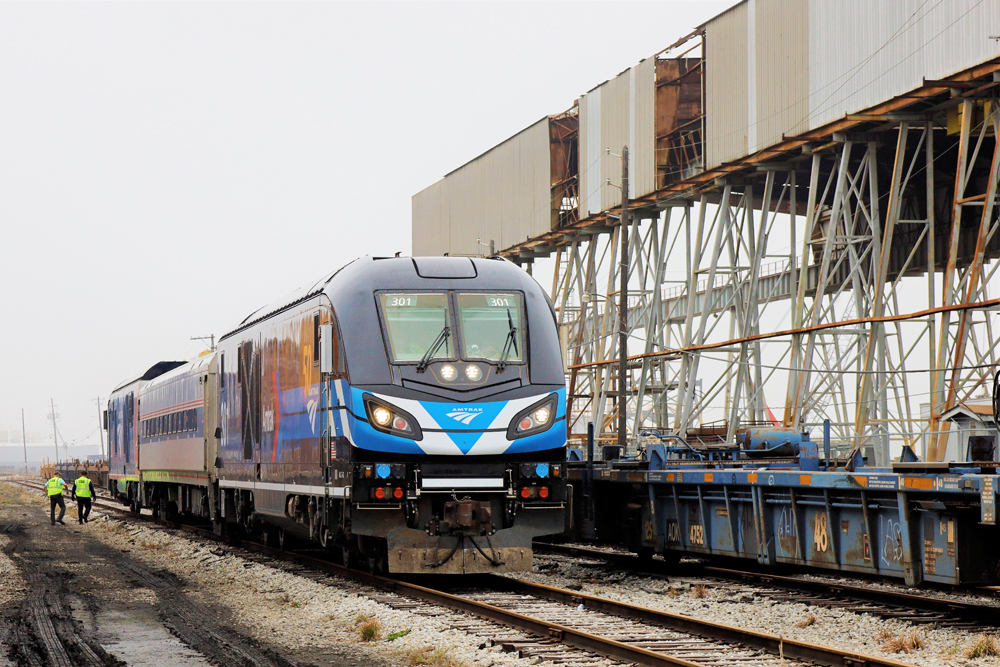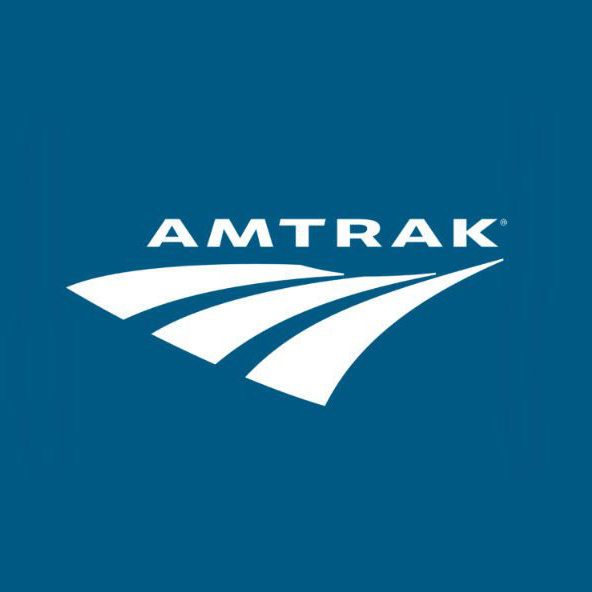
Last month’s announcement of a settlement between Cummins and the U.S. Justice Department and the state of California over emission-defeating devices installed on over a half-million pickup trucks with Cummins diesel engines has far-reaching effects. In addition to monetary penalties, mitigation of the total excess nitrogen oxides (NOx) emissions emitted by the RAM pickup trucks will be achieved by Cummins-funded emission reduction projects on locomotives.
The $1.675 billion settlement includes $1.48 billion to the federal government, $164 million to the California Air Resources Board, and $33 million to the California Attorney General’s office. Cummins will also spend $325 million to address the excess emissions released by pickup trucks operating with emission-altering devices. Mitigation measures in the settlement’s consent decree outline how Cummings will fund a number of locomotive repowering projects used in road and yard service, installation of idle reduction equipment on locomotives in switching service, and evaluation of possible diesel to full electric repowered locomotives.
Cummins will repower 14 road locomotives in the 1,500-3,800 horsepower range , as well as 13 yard locomotives. The road locomotives selected by Cummins have to be drawn from those currently unregulated in terms of emissions, or operating in the Tier 0, Tier 0+, or Tier 1 emissions category. This includes any locomotive still in operation that was constructed before 2005. For yard locomotives, the repowers must come from unregulated-emission locomotives or those in the Tier 0 or Tier 0+ emission category which include any yard locomotives built before 2002. The repowers that satisfy the consent decree are any that have a new engine installed inside a repowered locomotive after June 30, 2024. Cummins is required to prioritize the repowers, selecting unregulated first, if possible, then moving onto the lowest Tier locomotives next. An unregulated locomotive is any unit still operating that was built prior to 1973 which falls outside of the EPA’s tiered exhaust emission standards.
All repowers must utilize a prime mover certified to Tier 4 emission standards or more restrictive, and cannot include any emission-defeating or emission-altering devices. Cummins can use its own diesel engines or those of another manufacturer, as long as the prime mover meets the requirements of the consent decree. For repowered road locomotives, Cummins can use its 2024 QSK50 engine that’s Tier 4 certified or any 2025 Cummins engine that’s Tier 4 certified. For yard locomotives, Cummins can use its 2024 QST30 engine that’s Tier 4 certified or any 2025 Cummins engine that’s Tier 4 certified. The old prime movers removed from the core locomotives selected must be rendered inoperable and unable to be used again.
Along with the repowers, Cummins must install idle reduction equipment on an additional 50 locomotives used in switching service. While a specific type of idle reduction equipment isn’t necessary, the consent decree list several options that would satisfy the requirement including automatic start/stop systems, battery-powered auxiliary power unit, fuel-fired or electric coolant heater system, or wayside power (shore power) to supply power in lieu of engine operation.
The consent decree also requires Cummins to evaluate the potential to repower one or more locomotives from diesel to full electric. While it doesn’t outline how this would be achieved, the most likely course would be a diesel to battery-powered project.
Cummins has two years from the date of the consent decree to identify and provide the government with the number of repower projects for both road and yard locomotives and the idle reduction projects that have been completed or in progress. It also must report the potential for repowering one or more locomotives to electric power. It must also provide the expected total NOx emission reductions from the collective group of locomotives selected for emission mitigation. Prior to submitting this report, the consent decree allows Cummins to change the quantities of mitigation types as long as the collective group still achieves the NOx emission reductions required. For example, Cummins could propose additional switch locomotive repowers in lieu of less road locomotive repowers as long as the total NOx reduction is met.
Following the two-year progress update to the government, Cummins has until June 30, 2029, to complete all projects in the consent decree.
While Cummins has a strong foothold in the new-build passenger locomotive market using its prime movers, it has far fewer repower projects on the rails today. Certain companies like Knoxville Locomotive Works and Western Rail Inc. have experience with Cummins repower projects and could be a likely place for the repowers to be completed.
The consent decree also requires Cummings to attempt to spread out the projects across the United States and preferably select one switch locomotive repower in each of the 10 EPA regions across the country, excluding the state of California since Cummins entered into a separate agreement with the state.
More information on the settlement is available here from the EPA.














Under family ownership for many years, Cummins was respectable and more so…for more than a century the Presbyterian Church ran a series of “Mission boats” in SE Alaska, for which Cummins donated the motive power. From first hand experience.
Why are railroads being made to bear the brunt of a scandal that specifically focused on autos? Shouldn’t this just be a standard product recall or buy-back like the VW DieselGate?
Cummins wants in on railroad repowerings. By volunteering to repower locomotives around the country they get a foot in the door by government fiat.